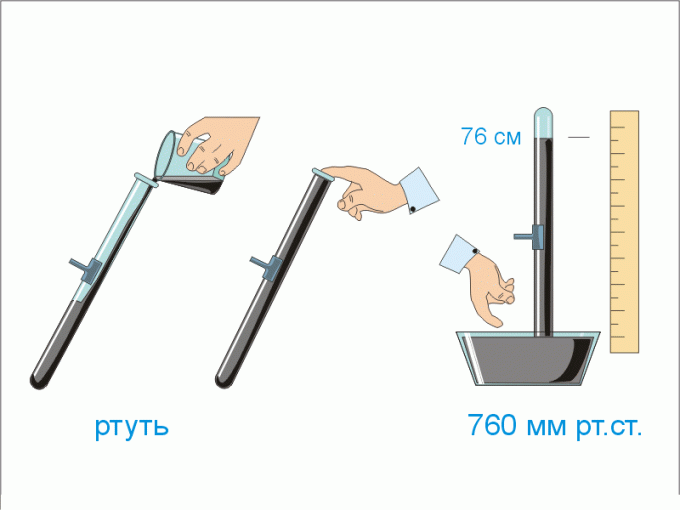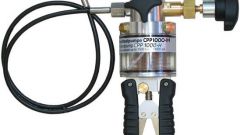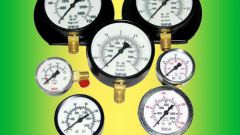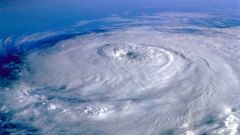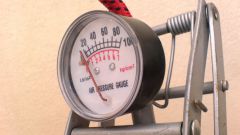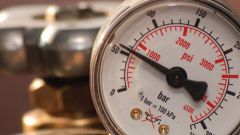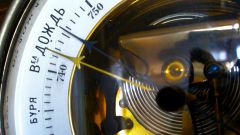Instruction
1
The unit of pressure Pascal is named after the French scientist Blaise Pascal. It is denoted: PA. When solving problems and practice applicable values with a multiple or decimal fraction of the metric prefixes. For example, kiloPascals, hectoPascals, MilliPascals, megaPascals , etc. To turn these values to Pascals, you must know the mathematical meaning of the prefix. All the available consoles can be found in any physical directory. Example1. 1 kPa=1000Па (one kilopascal is one thousand Pascals). 1 hPa=100nA (one hectopascal is one hundred Pascals). 1MPa= 0.001 PA (one millipascal equals zero point one-thousandth share of Pascal).
2
Pressure of solids is generally measured in Pascals. But what is physically equal to one Pascal? Based on the determined pressure, calculate the formula for its calculation and displays the unit of measure. Pressure is equal to the ratio of the force perpendicular to the current bearing to the surface area of this support. p=F/S, where p is the pressure, measured in Pascals, F is the force, measured in Newtons, S is the surface area, measured in square meters. It turns out that 1 PA=1N/(m) squared. Example 2. 56 N/(m) squared =56 PA.
3
The pressure of the air shell of the Earth is called atmospheric pressure and to measure it in Pascals, and millimeters of mercury (hereafter " mm Hg. calendar). In 1643 an Italian scientist Torricelli was offered the experience of pressure measurement, which used a glass tube with mercury (hence the "mercury column"). It was measured that the normal pressure of the atmosphere is equal to 760 mm Hg. article that is numerically equal to 101325 Pascals. Then, 1 mm Hg.St. ~ A cash consideration of 133,3 PA. To convert millimeters of mercury to Pascals, multiply this value is 133.3. Example 3. 780 mm Hg. article = 780*cash consideration of 133,3 = 103974 PA ~ 104кПа.
